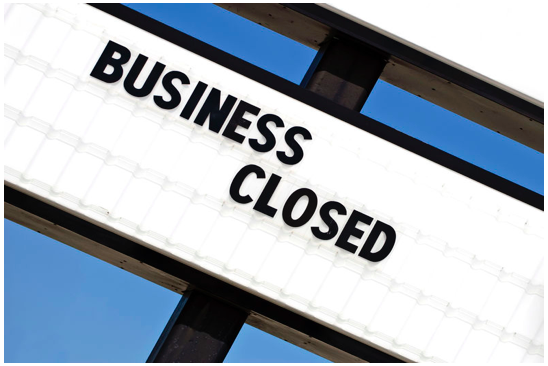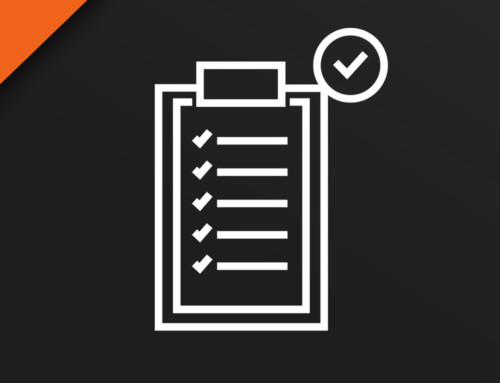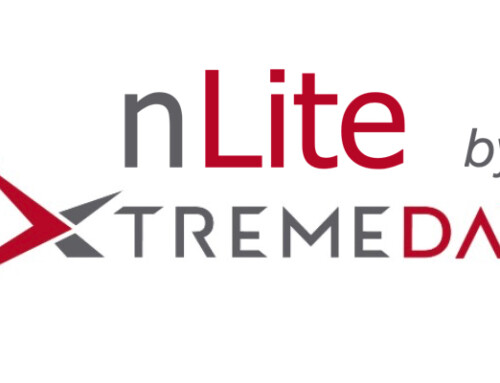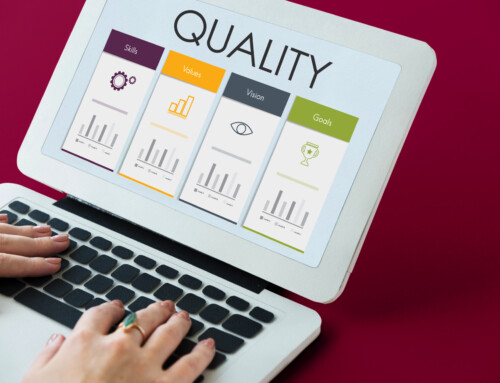The Coronavirus pandemic is driving a huge increase in the number of companies filing for bankruptcy. Corporate bankruptcies in the USA are up 76% through June 2020. We are on track to match (and surpass) the Great Recession in terms of bankruptcies and assets lost.
There are several reasons this phenomenon could be important to you:
- What if your largest client(s) file bankruptcy?
- Are any of your key vendors headed toward bankruptcy?
- Which companies in your investment portfolio may be affected?
Let’s dive a little deeper into the bankruptcy numbers to see where your risk (and potential reward) may lie.
Corporate Bankruptcies in the USA
It’s just not the number of corporate bankruptcies that is alarming, but the value of assets involved. Based on DIH’s new bankruptcy data set, we’ve seen $173 billion worth of assets going into bankruptcy through June. That surpasses the total for all of 2019, which included the whopper $71 billion bankruptcy of the California utility company, PG&E. Besides the staggering amount in assets, we’ve seen a severe increase in the number of large companies filing. So far, 29 companies with over $1 billion in assets have filed versus only 19 in all of 2019.
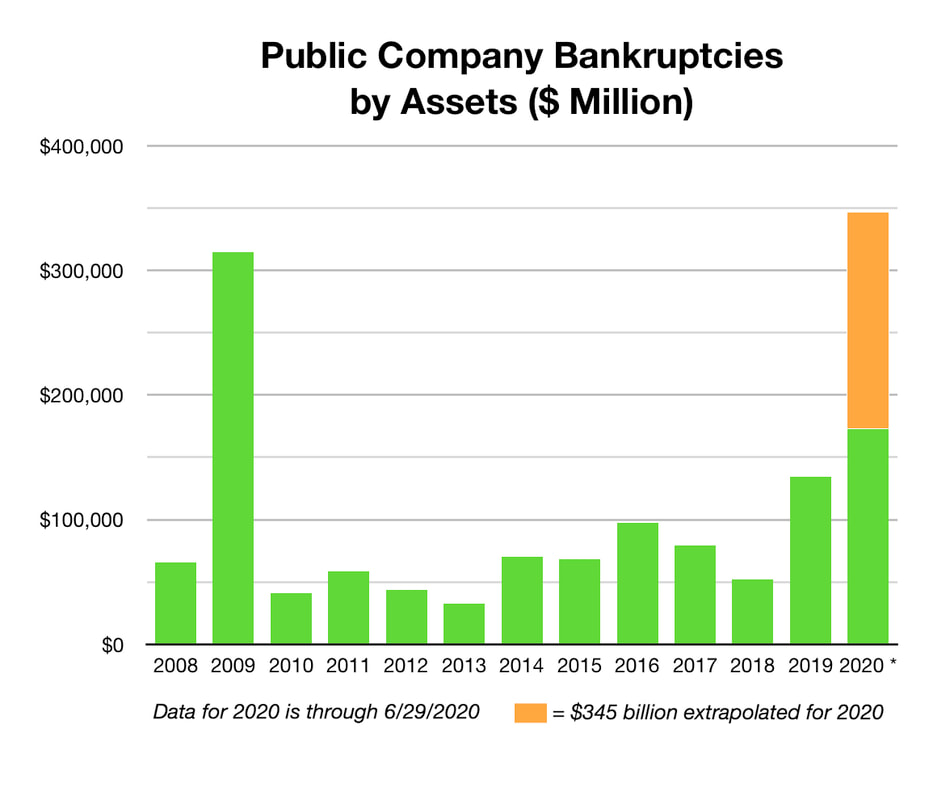
Several industries have been hit especially hard, including Energy (30% of total assets) followed by Telecom, Airlines and Retail. Several filings were by well-known brands like Hertz, J.C. Penney, Neiman Marcus and Chuck-E-Cheese.
Debt Increases to Make Up for Cash Shortfalls
Unfortunately, there is nothing in the data to make one think the current trend won’t continue. Ben Schlafman at New Generation Research, Inc. notes:
“Many companies have raised vast new sums of debt to fund their upcoming cash flow shortfalls. June’s high-yield issuances of over $50 billion is a monthly record, and the year-to-date total of $205 billion is 70% above this time a year ago. But lower revenues and earnings have reduced these companies’ ability to service their existing debt, much less the new debt. And, the proceeds aren’t generally being used to fund profit-generating initiatives but rather merely to keep the lights on. This heightened default risk isn’t necessarily priced into high-yield bonds. Investor optimism over the economy’s re-opening, along with explicit verbal support (albeit little actual high-yield bond-buying) by the Federal Reserve, has driven aggressive buying, which has narrowed the spreads over investment grade bonds.”
So, has this COVID bankruptcy crisis affected your business, clients, vendors or your investment portfolio? If so, you are certainly not alone. Plenty of firms have already requested bankruptcy datafrom DIH.
If you’d like more details on corporate bankruptcies and how to navigate an uncertain business future, please contact us.
Also, you can connect with us on LinkedIn and Twitter.
Stay Healthy. Stay Safe.
Regards,
Tom Myers
